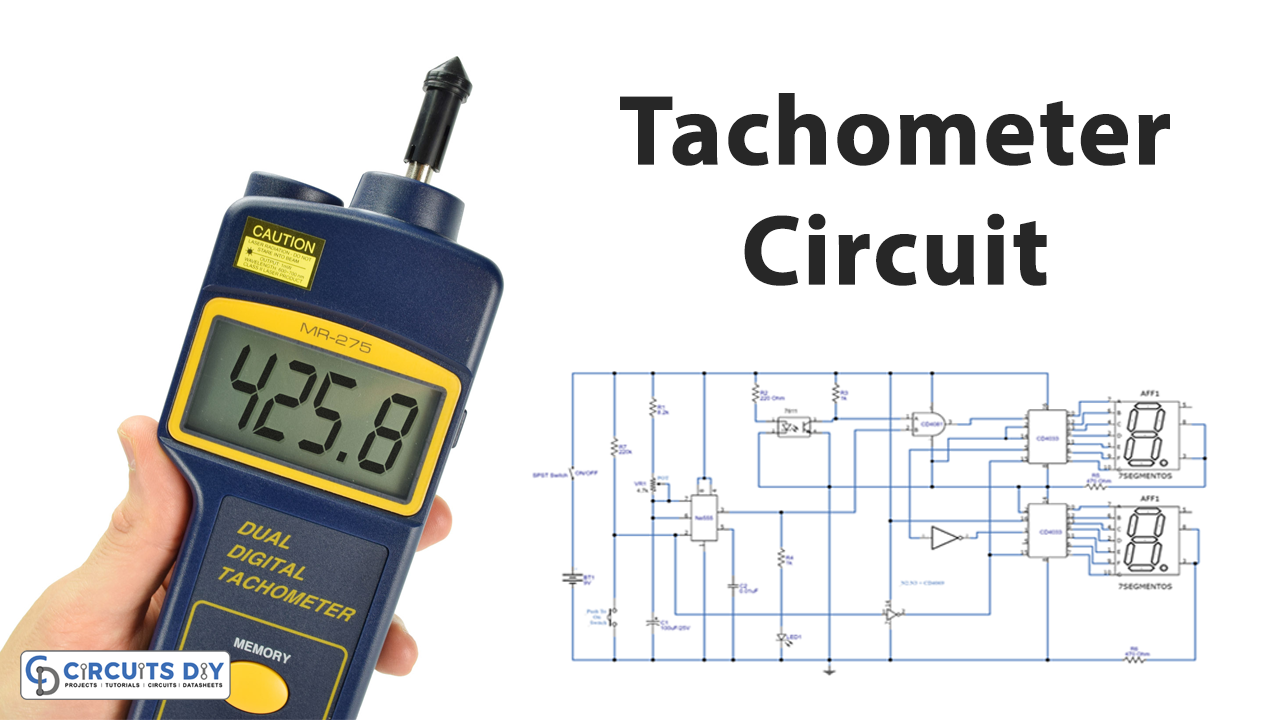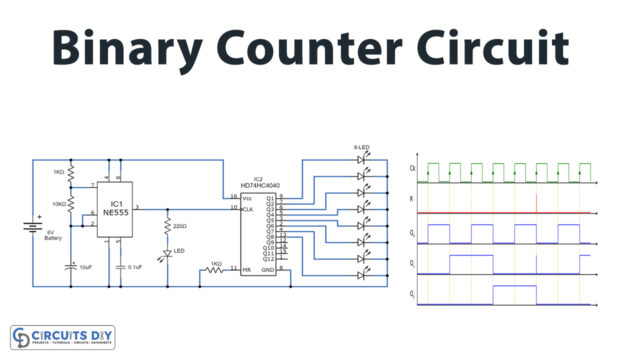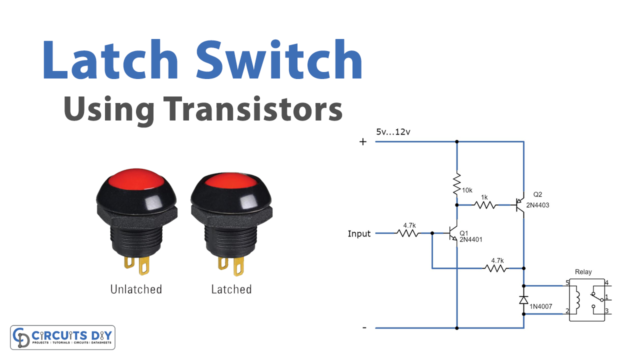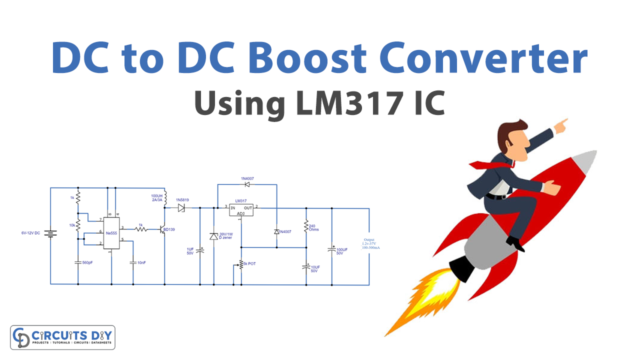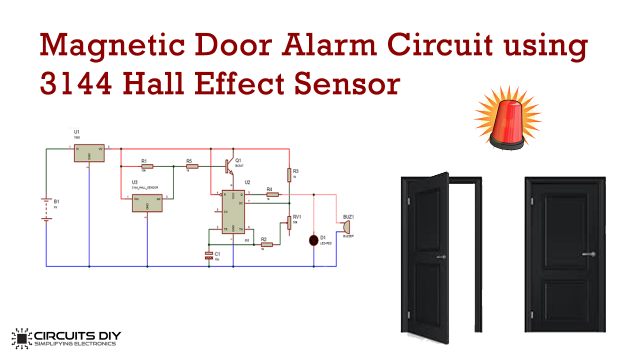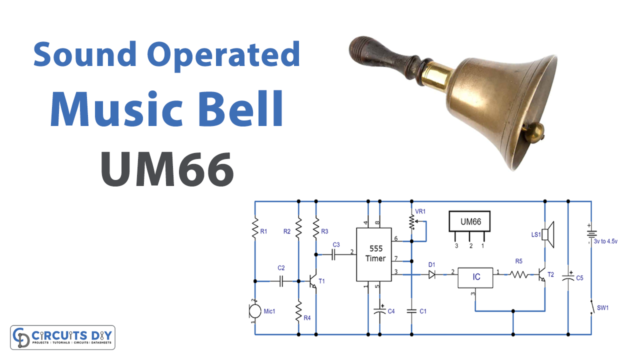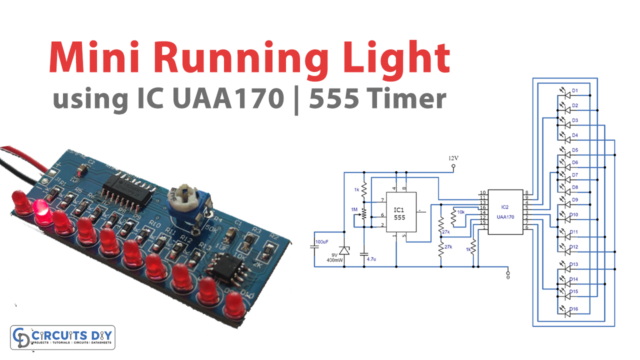In this tutorial, we are going to make a “Simple Tachometer Circuit”. A tachometer is a device, that is useful in measuring the operating speed of an engine at the revolution of RPS. It identifies the rotation speed or revolutions per second (RPS) of a rotating shaft or wheel. It is helpful for planes, both cars, and other types of vehicles. These device gauges come in analog and digital forms. Here we design a simple tachometer circuit by using easily available elements, slotted optoisolator module MOC7811, and two seven-segment display units. This circuit can count RPS from 00 to 99. If you want more value, then add another decade counter-stage. By using this circuit we can measure the spinning shaft or disc speed in RPS.
Hardware Required
| S.no | Component | Value | Qty |
|---|---|---|---|
| 1. | IC | NE555 Timer, MOC7811, CD4081, CD4069, CD4033 | 1, 1, 1, 1, 1 |
| 2. | Seven Segment Display Unit LTS 543 | – | 1 |
| 3. | Resistor | 8.2KΩ,220Ω,220KΩ,1KΩ,470Ω | 1,1,1,2,2 |
| 4. | Capacitor | 100uf/25V,0.01uf | 1,1 |
| 5. | Variable Resistor | 4.7KΩ | 1 |
| 6. | Switch | – | 1 |
| 7. | Push Button | – | 1 |
| 8. | LED | – | |
| 9. | Connecting Wires | – | – |
| 10. | Power Supply | 9V | 1 |
Circuit Diagram
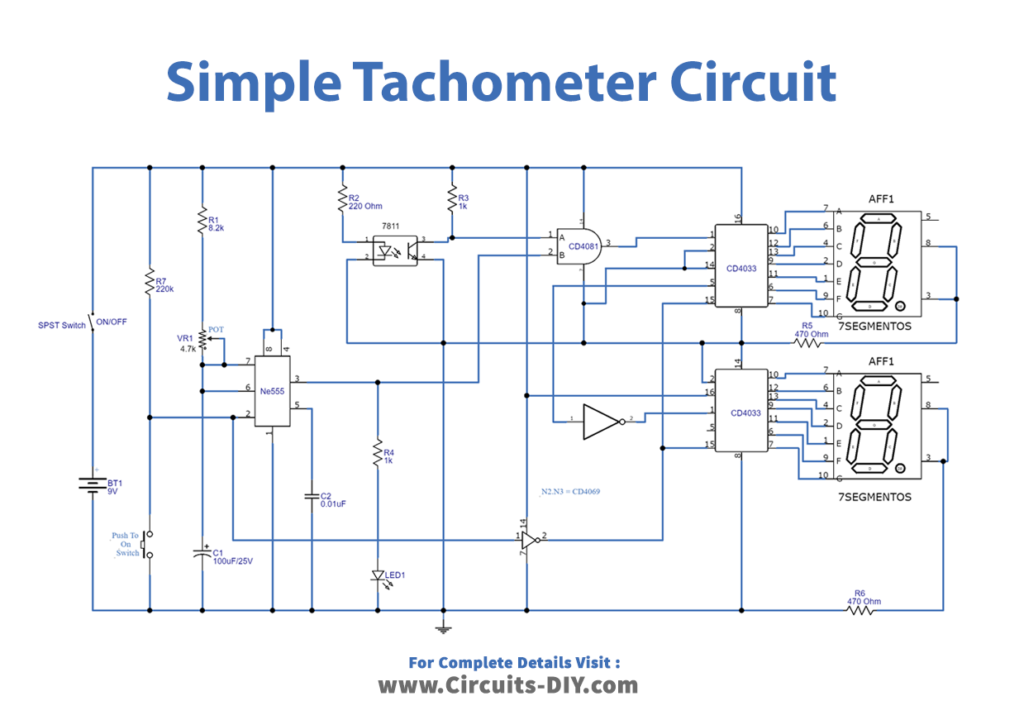
Seven segments LED
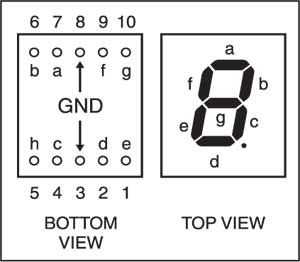
Working Explanation
As we can see in the circuit, it contains IC555, MOC 7811, IC CD4081, IC CD4069, and IC 4033 and a seven-segment display unit LTS 543. Here the MOC 7811 IC2 contains an IR transmitter and photodiode, to produce changing logic levels depending on the blocking or interrupting IR light beam. Now to produce a timing pulse timer IC 555 is configured as a monostable multivibrator. When switch S2 is pressed, the green LED1 indicates the sensing duration. AND logic gate N1 enables the Johnson decade counter (CD 4033), and this counter drives LTS 543 seven-segment display. There are two-decade counters and two seven-segment displays, to show RPS from 00 to 99.

As we can see in this illustration of how a rotating interrupter works. It measures the slot width and depth of MOC 7811 and makes the spinning shaft nose. One interruption to the IR beam by the nose will take one count, and the total count of rotation is RPS. By the way, we can multiply 60 by RPS to know the Revolution Per Minute (RPM).
Applications
- Laser applications
- Traffic volume and expected speed estimation
- Different prime movers and machinery applications
- Automobile and aviation applications (e.g. measuring an air engine speed)
- Analog audio recording applications
- Medical applications


